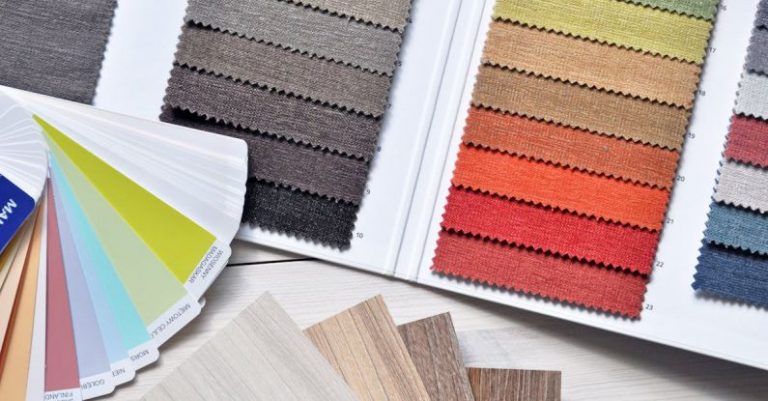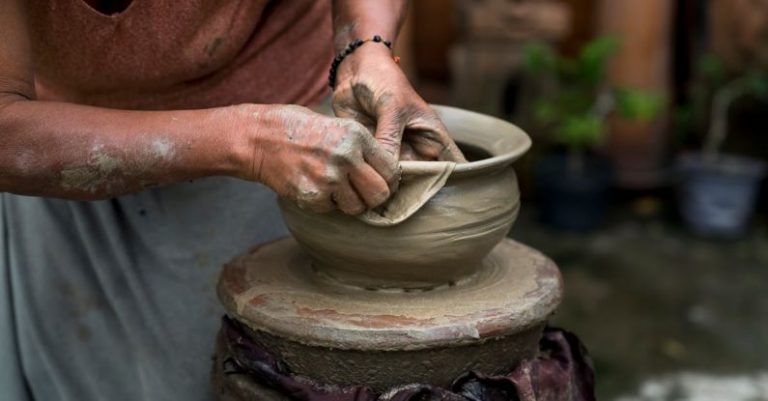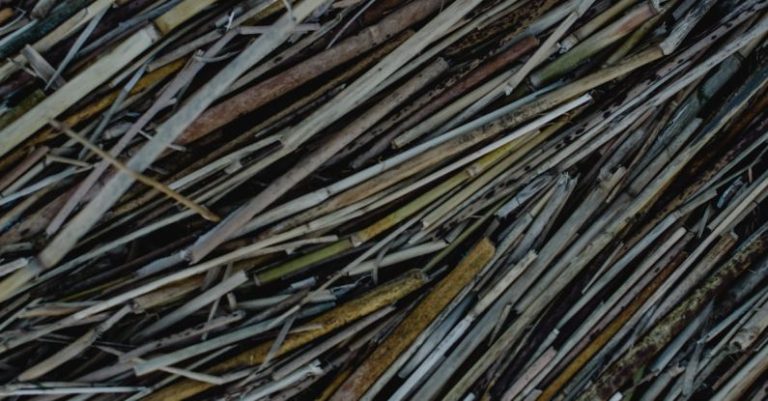How to Select High-quality Clay for Pottery?

Creating pottery is a timeless craft that requires skill, patience, and the right materials. One of the most crucial elements in pottery-making is selecting high-quality clay. The type of clay you choose can greatly impact the outcome of your pottery, influencing its strength, texture, and overall appearance. In this article, we will explore the key factors to consider when selecting clay for pottery and provide tips on how to ensure you are working with the best possible materials.
Understanding the Different Types of Clay
Clay is a versatile material that comes in various types, each with its own unique characteristics and suitability for different pottery projects. The three main types of clay used in pottery are earthenware, stoneware, and porcelain.
Earthenware clay is a soft and porous clay that is easy to work with and suitable for beginners. It is fired at a lower temperature than other clays, resulting in a more rustic appearance and a lower level of durability. Stoneware clay, on the other hand, is a durable and versatile clay that is fired at higher temperatures, making it ideal for functional pottery such as tableware. Porcelain clay is a fine and delicate clay that fires to a translucent finish, making it perfect for creating intricate and delicate pieces.
Consider the Plasticity of the Clay
Plasticity refers to the clay’s ability to be molded and shaped without cracking or breaking. When selecting clay for pottery, it is essential to consider the plasticity of the clay, as this will determine how easy it is to work with and the level of detail you can achieve in your pieces.
To test the plasticity of clay, try wedging a small piece of the clay in your hands. If the clay feels smooth and pliable, it is likely to have good plasticity. Clay that is too dry or too wet will be difficult to work with and may result in cracks or deformities in your pottery. Opt for clay that strikes a balance between being soft enough to mold easily but firm enough to hold its shape.
Check the Texture and Color of the Clay
The texture and color of the clay can also influence the final appearance of your pottery. Clay comes in a range of textures, from smooth and fine to rough and gritty. The texture of the clay will affect the finish of your pottery, with smoother clays producing a more refined appearance and rougher clays creating a more rustic look.
Additionally, the color of the clay can impact the glazes and surface treatments you use on your pottery. Lighter clays tend to show off glazes and colors more vibrantly, while darker clays can create a more earthy and subdued look. Consider the aesthetic you want to achieve in your pottery and choose a clay that complements your vision.
Assess the Firing Temperature of the Clay
Different types of clay require firing at specific temperatures to achieve the desired results. Before selecting clay for your pottery projects, make sure to check the firing temperature recommended by the manufacturer. Firing the clay at the wrong temperature can lead to cracking, warping, or even the destruction of your piece.
Porcelain clay, for example, requires high firing temperatures to achieve its signature translucent finish, while earthenware clay is fired at lower temperatures to maintain its porous and rustic appearance. Be sure to follow the firing instructions provided by the clay manufacturer to ensure the best possible results in your pottery.
Conclusion: Choose Wisely for Stunning Results
Selecting high-quality clay is a crucial step in creating beautiful and durable pottery. By understanding the different types of clay, considering plasticity, texture, color, and firing temperature, you can ensure that you are working with the best possible materials for your projects. Take the time to explore and experiment with different clays to find the ones that best suit your style and desired outcomes. With the right clay in hand, you can unleash your creativity and craft stunning pottery pieces that will be cherished for years to come.





